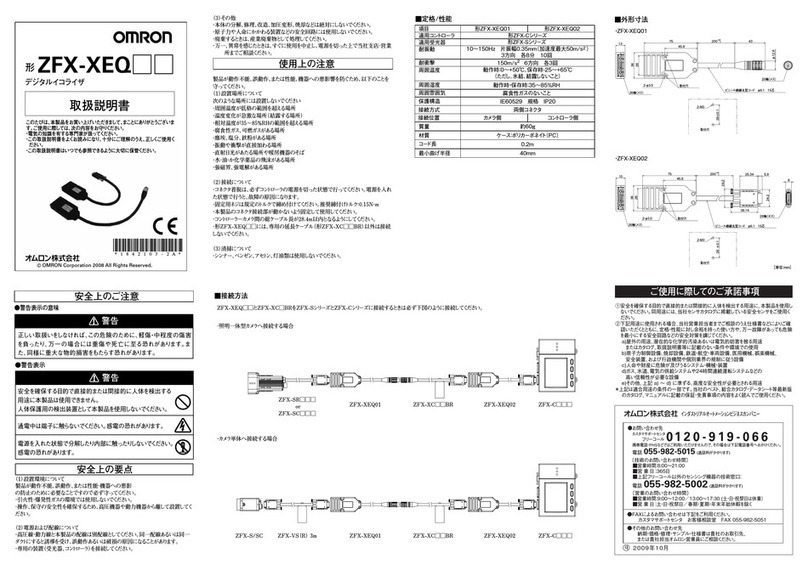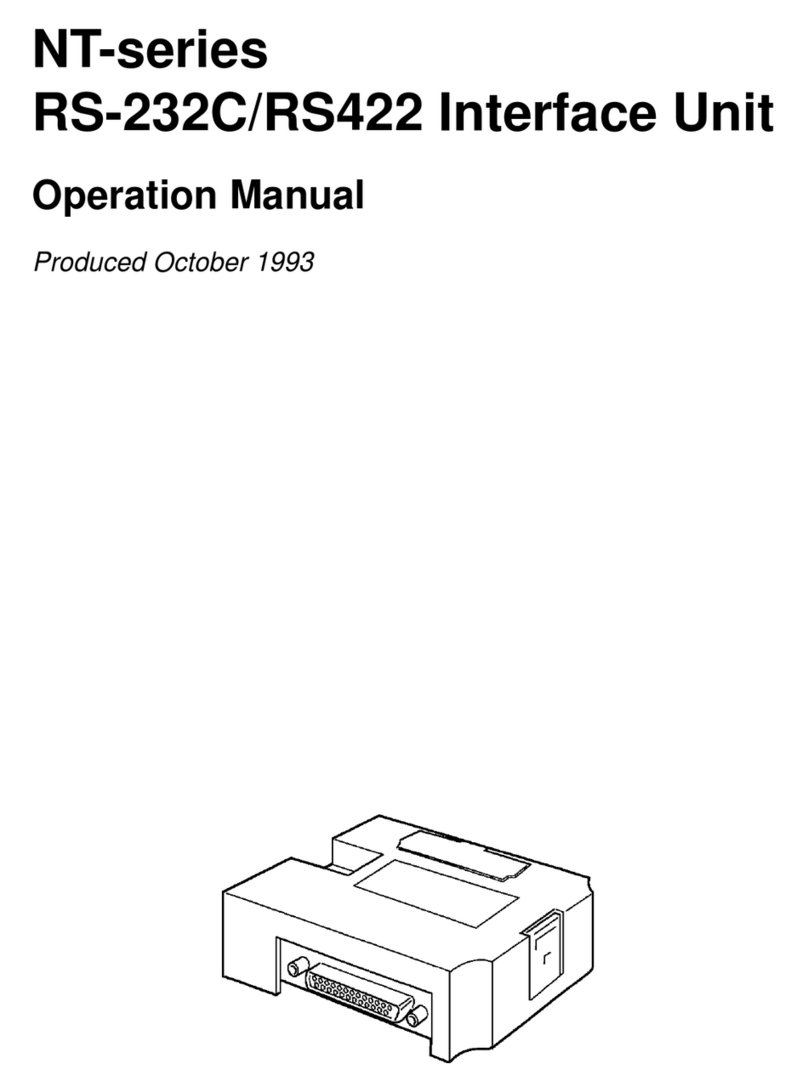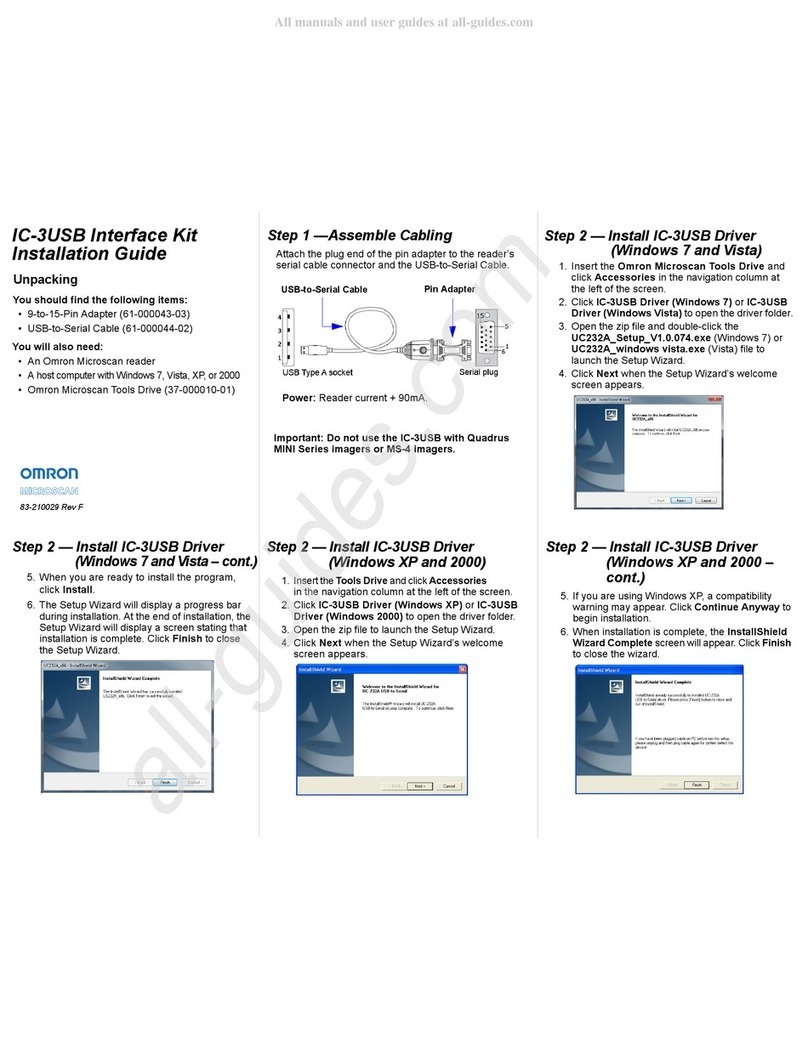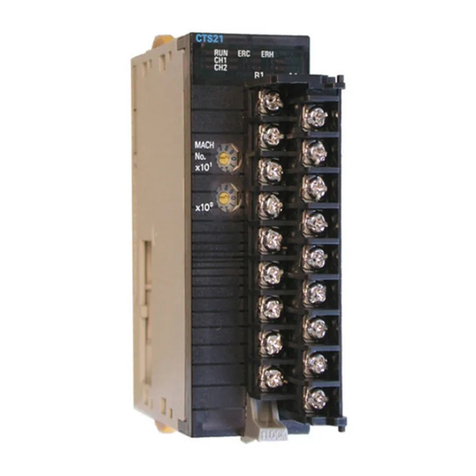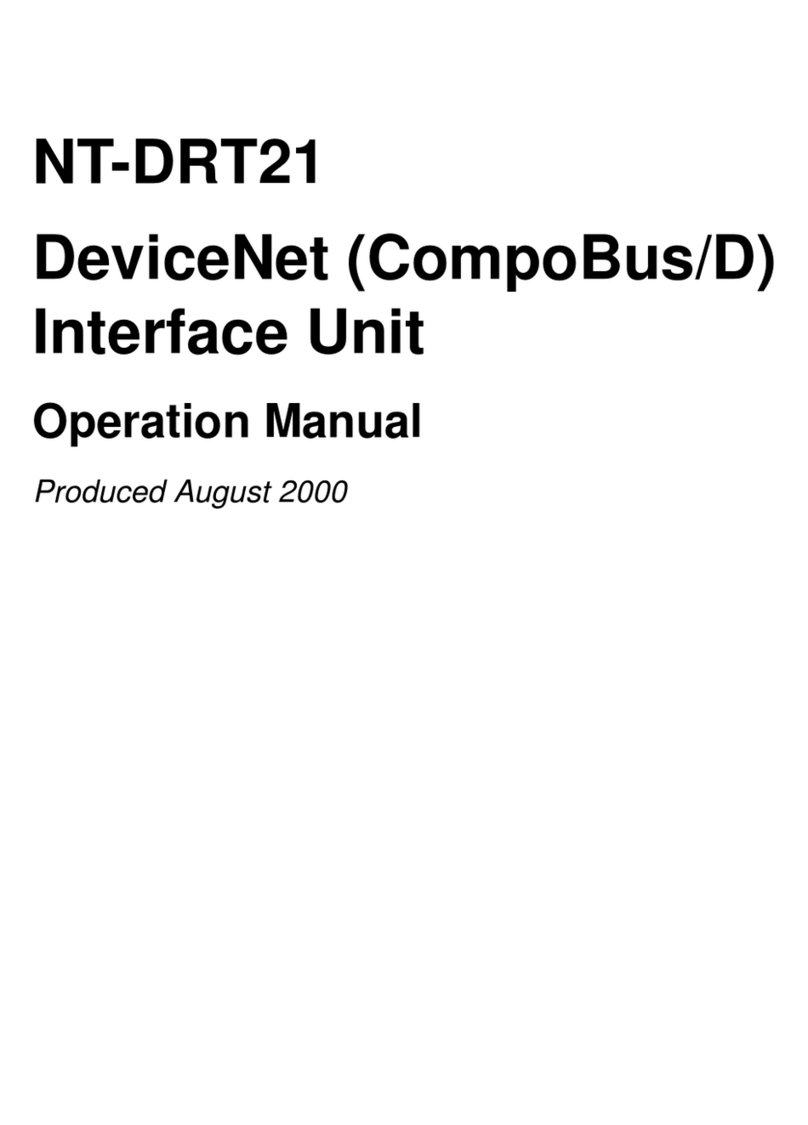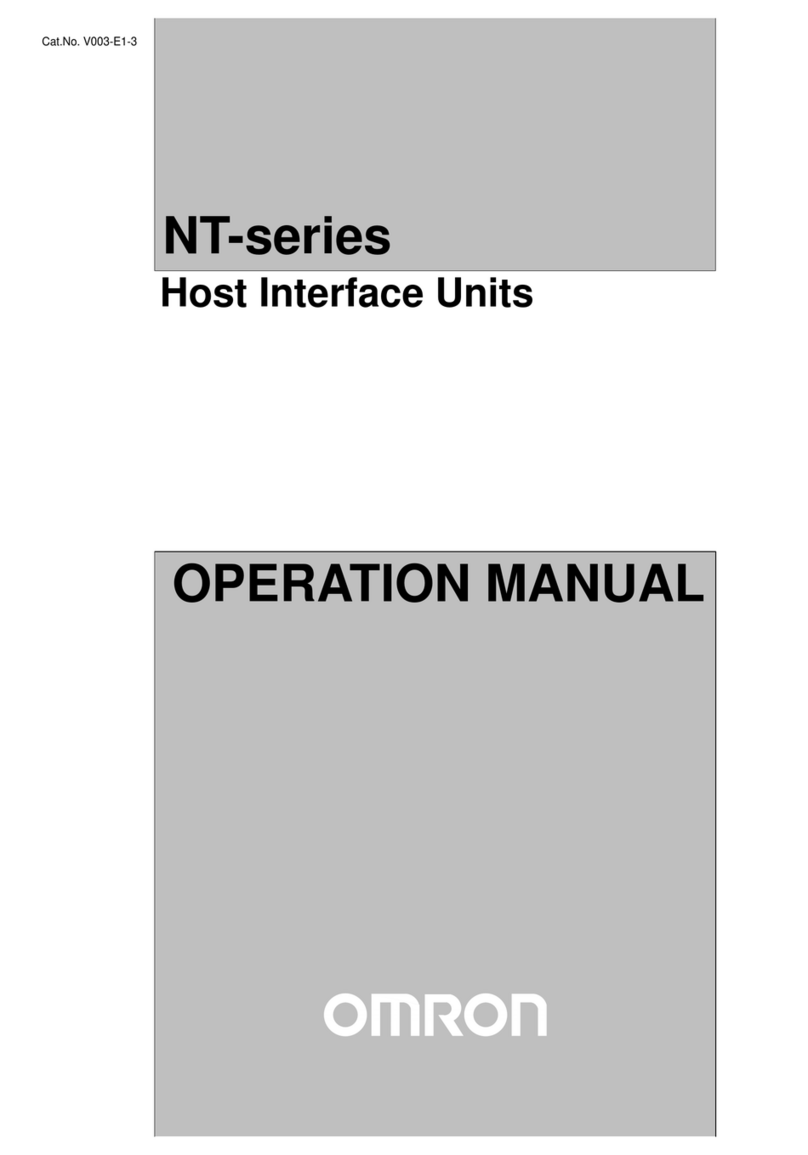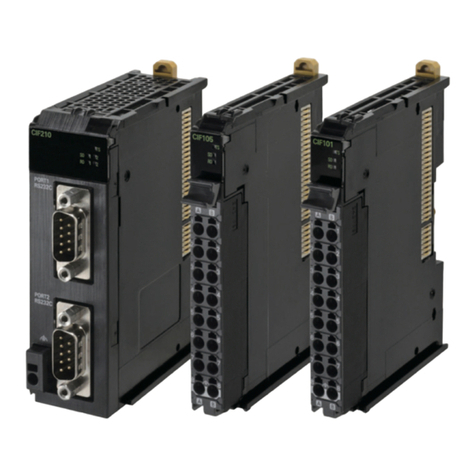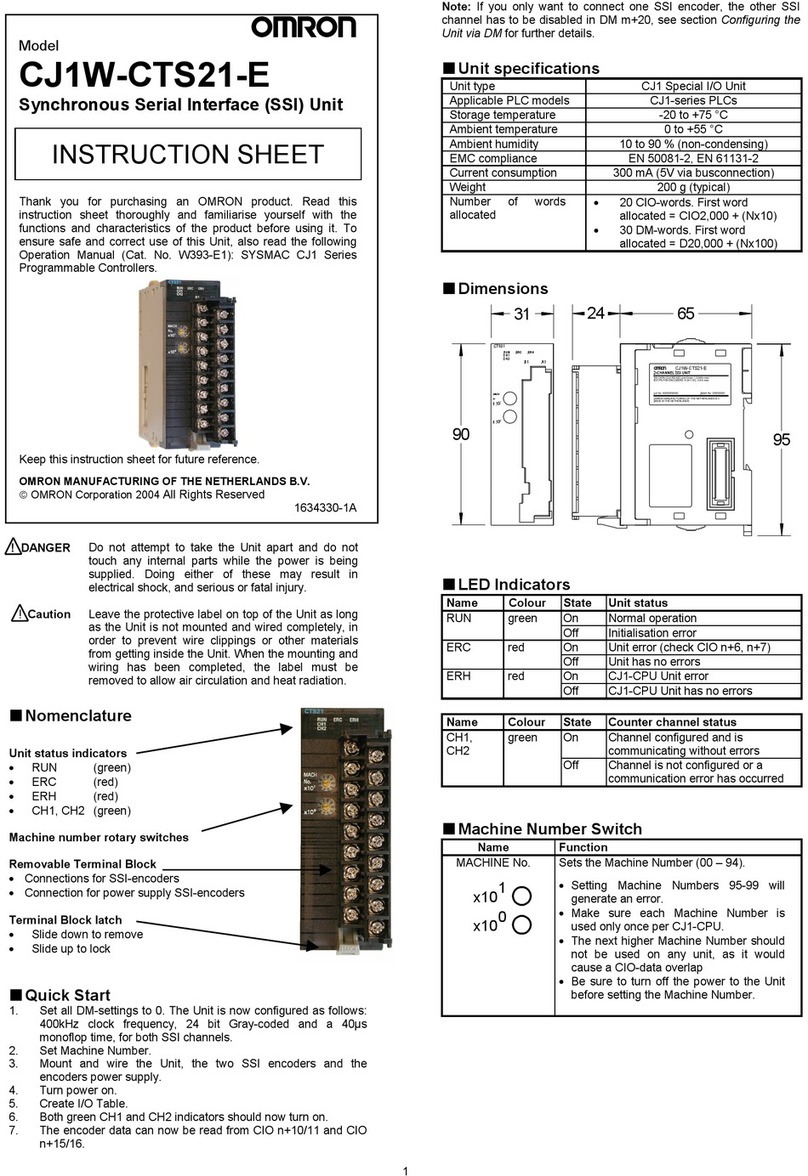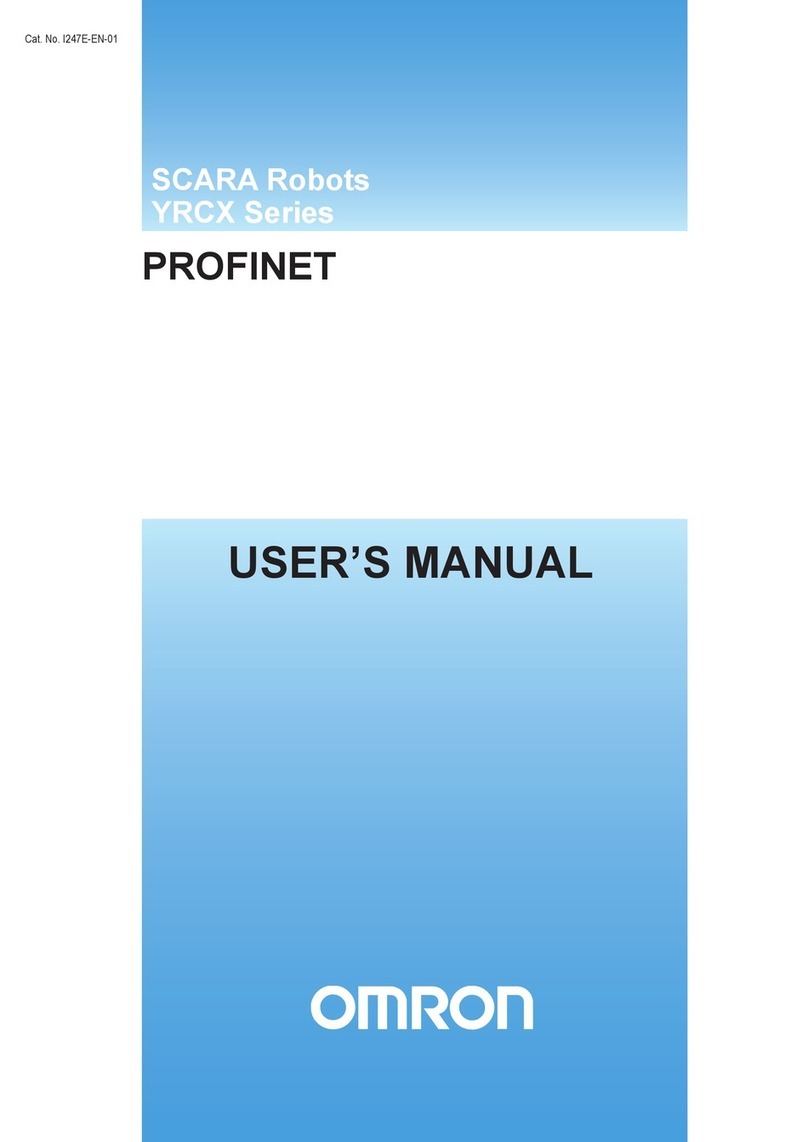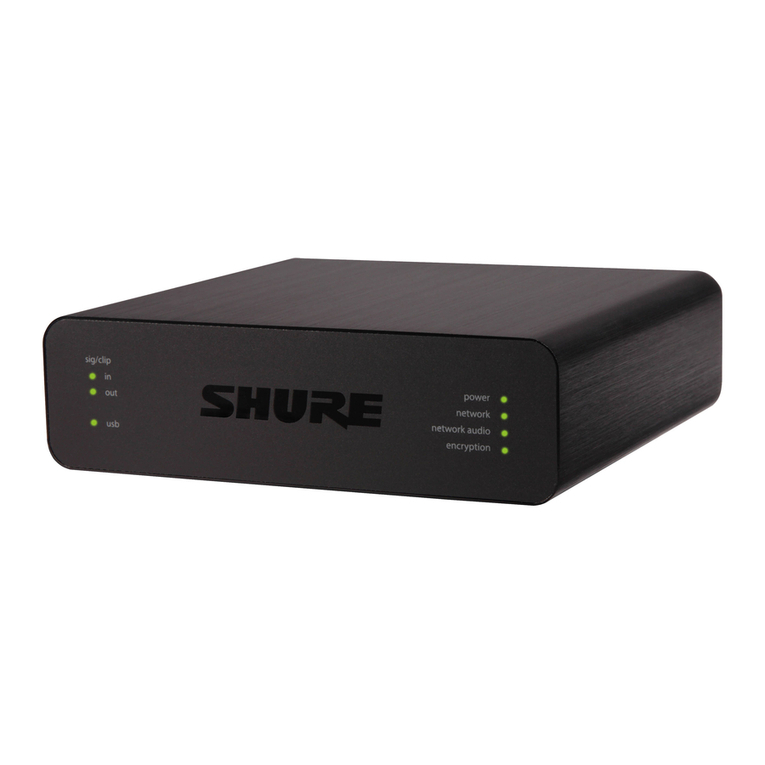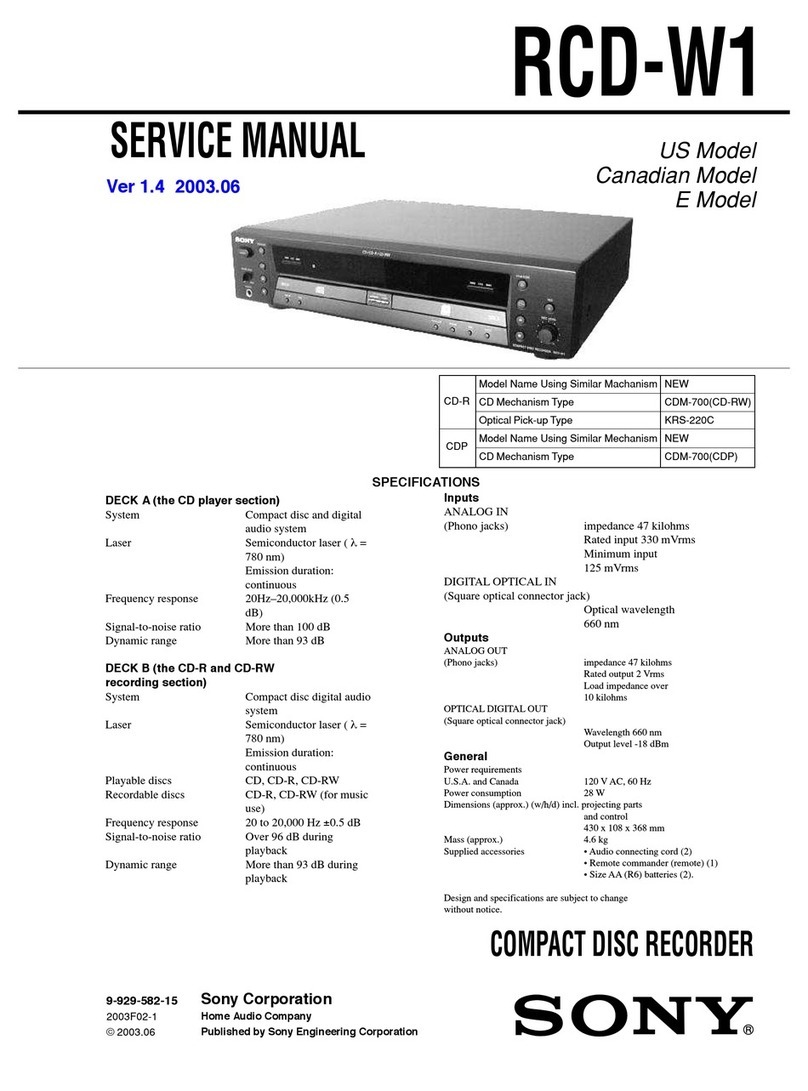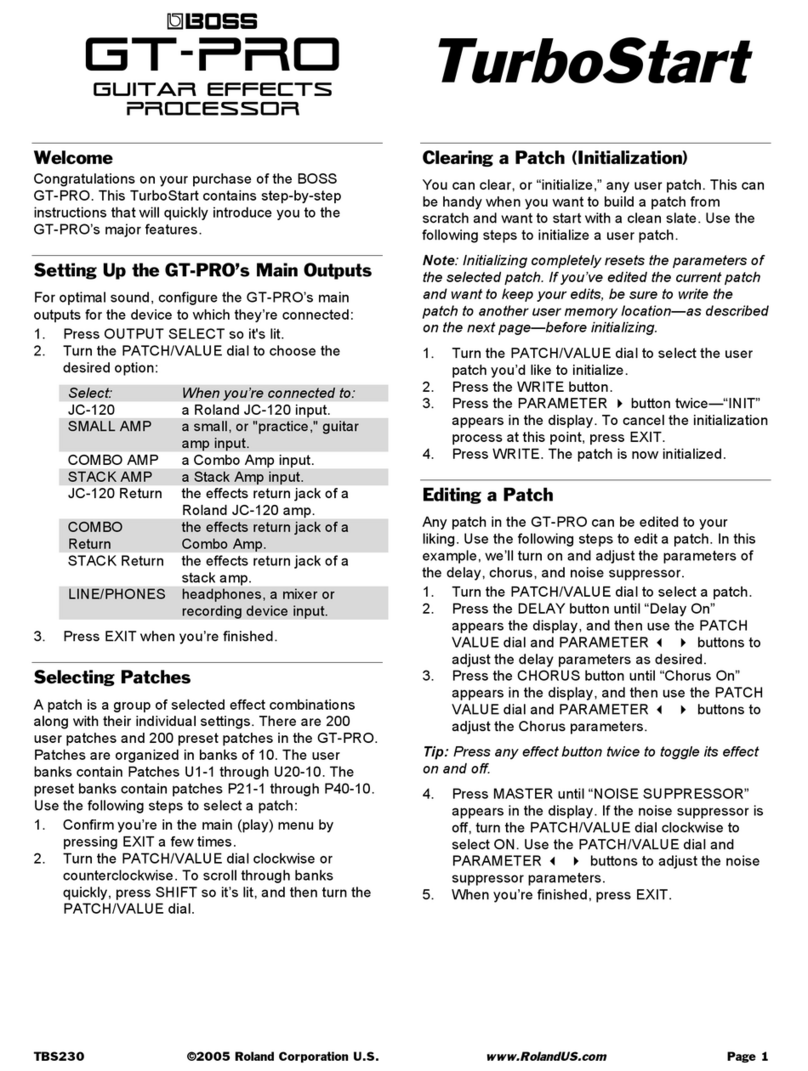
vii
TABLE OF CONTENTS
PRECAUTIONS .........................................................................................xi
1 Intended Audience.....................................................................................................................................xii
2 General Precautions...................................................................................................................................xii
3 Safety Precautions .....................................................................................................................................xii
4 Operating Environment Precautions..........................................................................................................xii
5 Application Precautions............................................................................................................................xiii
6 EC Directives............................................................................................................................................xiv
1 AS-INTERFACE .................................................................................. 1
1-1 Introduction..............................................................................................................................................................2
1-2 Master Functionality.................................................................................................................................................7
1-3 Slave Functionality...................................................................................................................................................8
2 INSTALLATION.................................................................................. 9
2-1 Physical Layout of the Unit....................................................................................................................................10
2-2 Mounting the CQM1-ARM21................................................................................................................................14
2-3 AS-Interface Network Installation..........................................................................................................................15
3 SPECIFICATIONS AND PERFORMANCE..................................17
3-1 Overall Specifications............................................................................................................................................18
3-2 Dimensions.............................................................................................................................................................19
3-3 Performance ...........................................................................................................................................................19
4 PLC INTERFACE..............................................................................25
4-1 PLC Settings...........................................................................................................................................................26
4-2 Internal Data Structures..........................................................................................................................................27
4-3 Master Operation Modes........................................................................................................................................28
4-4 AS-Interface Standard Modes................................................................................................................................31
4-5 Setup Mode............................................................................................................................................................34
5 SYSTEM CONFIGURATION..........................................................49
5-1 AS-Interface Set-up Methods.................................................................................................................................50
5-2 Bottom-up Method.................................................................................................................................................50
5-3 Top-down Method..................................................................................................................................................51
6 TROUBLESHOOTING AND MAINTENANCE ...........................53
6-1 Error indicators ......................................................................................................................................................54
6-2 Troubleshooting .....................................................................................................................................................54
6-3 Maintenance...........................................................................................................................................................58
7 APPENDICES.....................................................................................59
Appendix A AS-Interface PICS.......................................................................................................................................60
Appendix B AS-Interface Slave Profiles.........................................................................................................................63
Appendix C AS-Interface terminology and abbreviations...............................................................................................64
Index............................................................................................................67
Revision History.........................................................................................69
